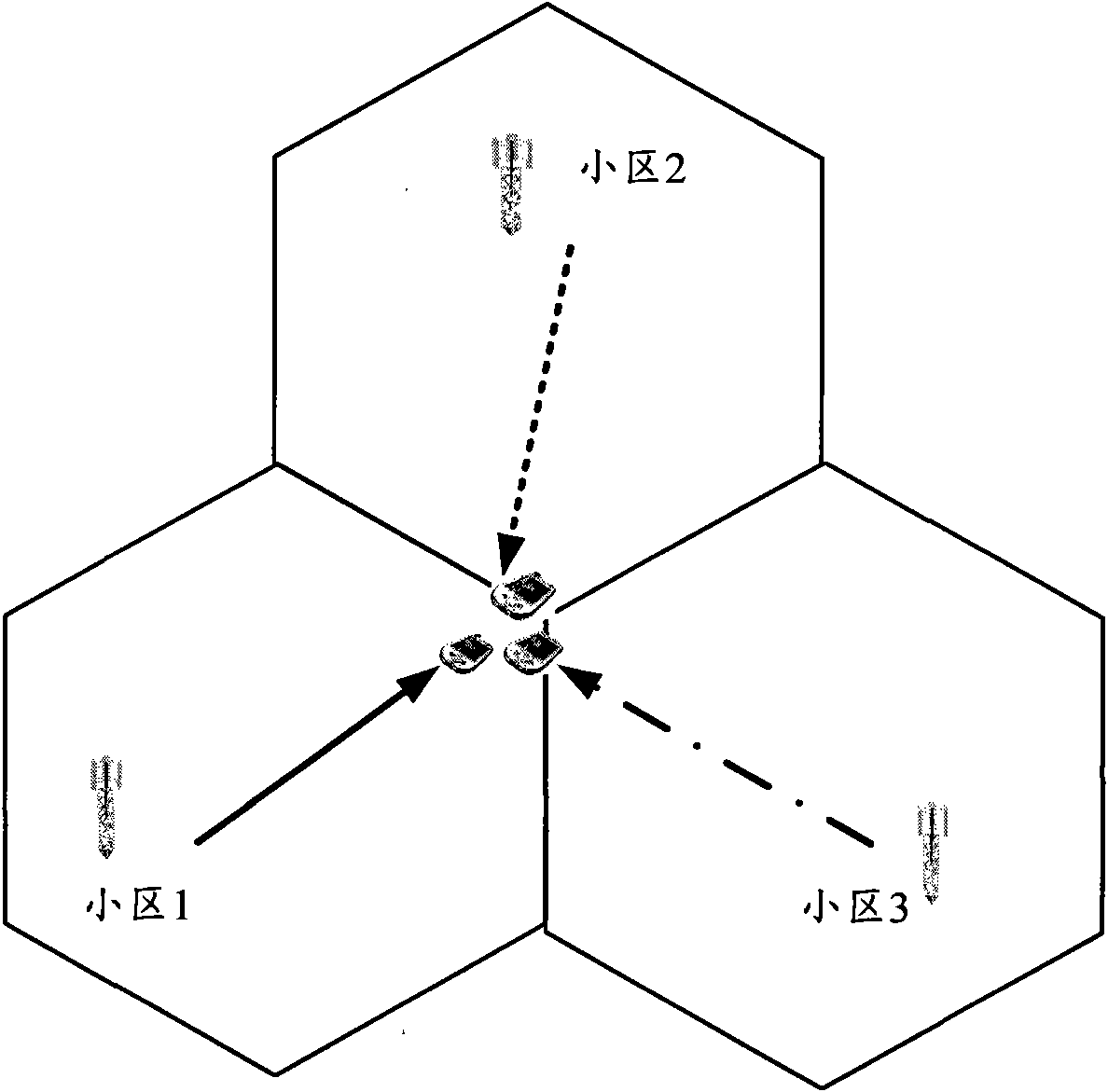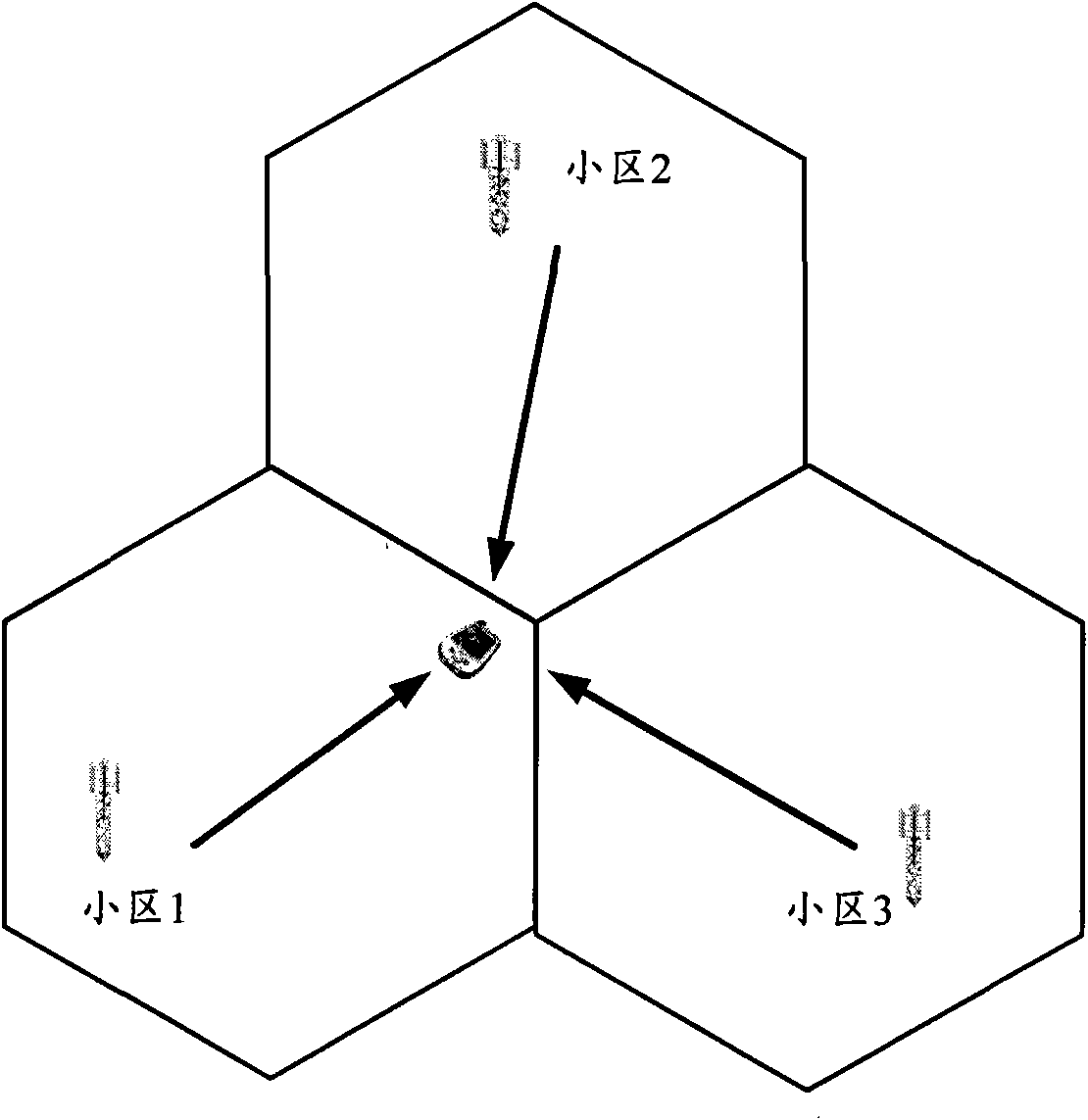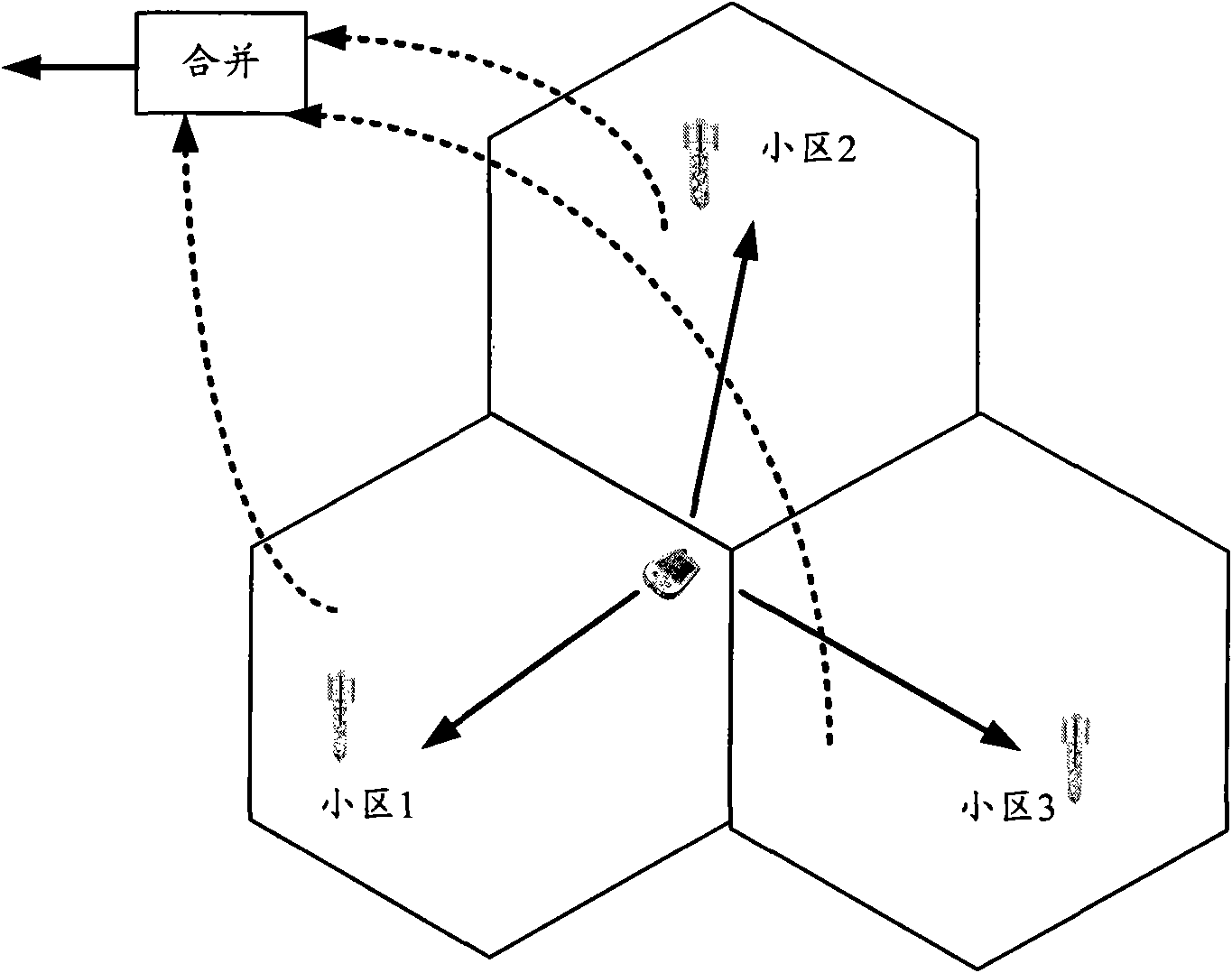Method and device for sending sounding reference signal
A technology for sounding reference signals and channel sounding, which is applied in the field of wireless communication and can solve the problem that UE cannot detect multiple cells
- Summary
- Abstract
- Description
- Claims
- Application Information
AI Technical Summary
Problems solved by technology
Method used
Image
Examples
Embodiment 1
[0136] Figure 7 It is a schematic diagram of a detection implementation process with the same SRS resources in each cell. As shown in the figure, this embodiment describes an implementation manner in which the SRS resources allocated to the UE are the same SRS resources in each cell.
[0137] In step 701, the UE and the network determine a set C of detection cells.
[0138] For example, the UE measures the strength of the pilot signals of the surrounding cells and / or detects the delay of the synchronization signal, and feeds it back to the network side; Delay, or consider both to determine a detection cell set C, and notify the information of the set C to the UE. Another implementation is that the UE determines the detection cell set C according to the average value of the pilot signal strength within a period of time or the delay of the synchronization signal, or both, and then notifies the network of the information of the set C. Set C is a slowly changing set that is upd...
Embodiment 2
[0148] Figure 8 A schematic diagram of a detection implementation process for determining SRS resources for each cell, as shown in the figure, this embodiment describes an implementation manner in which the SRS resources allocated to the UE are the SRS resources determined for the UE by each cell.
[0149] Step 801, the UE and the network determine a set C of detection cells.
[0150] In step 802, the base station to which the cell where the UE resides notifies the base stations to which other cells in the set C belong to the relevant information of the UE.
[0151] The related information includes related parameters of the SRS sequence to be used by the UE, such as the base sequence used, the transmit power, and the like.
[0152] Step 803, the cells in the set C allocate resources for the UE for uplink SRS respectively.
[0153] Step 804, the network notifies the UE of the resource location and related parameters for sending the SRS for each cell through high layer signal...
Embodiment 3
[0158] Figure 9 It is a schematic diagram of a detection implementation process in which SRS resource information is shared by each cell. As shown in the figure, this embodiment describes an implementation manner in which the SRS resources allocated to UE are SRS resources with resource information shared by each cell.
[0159] Step 901, the UE and the network determine a set C of detection cells.
[0160] In step 902, the base station to which the cell where the UE resides notifies the base stations to which other cells in the set C belong to the relevant information of the UE.
[0161] The related information includes related parameters of the SRS sequence to be used by the UE, such as the base sequence used, the transmit power, and the like.
[0162] Step 903, the base station to which the cell where the UE resides allocates resources for the UE for uplink SRS, and shares the allocated resource information with the base stations to which other cells in the set C belong; ...
PUM
 Login to View More
Login to View More Abstract
Description
Claims
Application Information
 Login to View More
Login to View More - R&D
- Intellectual Property
- Life Sciences
- Materials
- Tech Scout
- Unparalleled Data Quality
- Higher Quality Content
- 60% Fewer Hallucinations
Browse by: Latest US Patents, China's latest patents, Technical Efficacy Thesaurus, Application Domain, Technology Topic, Popular Technical Reports.
© 2025 PatSnap. All rights reserved.Legal|Privacy policy|Modern Slavery Act Transparency Statement|Sitemap|About US| Contact US: help@patsnap.com



